Nymphaea pubescens
Scientific name: Nymphaea pubescens
Family: Nymphaecaceae
Maximum size reached under cultivation: 25 - 55 cm (9.84 - 21.65 inch)
014
Recommended pH range: 6.1 - 7.7
Recommended water hardness: 5 - 23°dGH (89.29 - 410.71ppm)
0°C 32°F30°C 86°F
Recommended temperature range: 22 - 27 °C (71.6 - 80.6°F)
Preferred propagation method: Bulb shoots
Native to: South Asia
Growth rate: Normal
Recommended substrate: Gravel
Lighting requirements: Bright
Ideal placement in tank: Floating
Common Names
Hairy Water Lily, Pink Water Lily
Origin
Native to South and Southeast Asia, including India, Sri Lanka, Thailand, Cambodia, Vietnam, Malaysia, and Indonesia. It has also naturalized in parts of Australia and Papua New Guinea.
Propagation
This species reproduces vegetatively via bulb division. Mature plants develop small daughter bulbs near the base, which can be separated and replanted once they develop a root system. It can also produce seeds if flowering occurs above water, although this is less common in aquarium settings.
Difficulty
Easy to moderate – depending on available space and lighting conditions.
Short Description
Nymphaea pubescens is a striking floating-leaf plant best suited for ponds or very large open-top aquariums. It produces soft, hairy leaves that float on the surface and can grow quite large under favorable conditions. In a confined aquarium, its rapid vertical growth and tendency to shade other plants can be problematic. However, with trimming and enough space, it can be used as an eye-catching specimen plant.
It requires nutrient-rich substrate and benefits from supplemental fertilization. Although it is commonly planted in substrate, its leaves naturally float. Bright lighting enhances leaf color and supports flowering, although many aquarists choose to prune flower stalks to encourage fuller foliage. Due to its size, it's often planted in the background, or allowed to float freely in large tanks.
FAQs
-
Can Nymphaea pubescens grow fully submerged?
While young leaves may start submerged, mature leaves naturally rise to the surface and float. It is not a true submerged plant and performs best when allowed to form floating foliage.
-
Is this species suitable for standard aquariums?
Due to its large size and rapid vertical growth, Nymphaea pubescens is better suited for open-top aquariums or outdoor ponds. In smaller tanks, it may overshadow other plants and limit light penetration.
-
Does this plant flower in an aquarium?
Yes, it can flower if the leaves reach the surface and lighting is strong enough. The flowers are usually pink or pale violet, but many aquarists remove flower stalks to promote bushier leaf growth.
-
How do I propagate Nymphaea pubescens?
Propagation is usually done by separating daughter bulbs from the base of mature plants. Seeds can also be used but are harder to germinate in typical aquarium settings.
-
What are the key care tips for this plant?
Provide bright lighting, nutrient-rich substrate, and plenty of space. Trim flower stalks if you prefer dense foliage over vertical growth. Avoid crowding the plant to showcase its ornamental appeal.
Picture
Bought by aqua-fish.net from jjphoto.dk. The second picture was provided by Oliver.
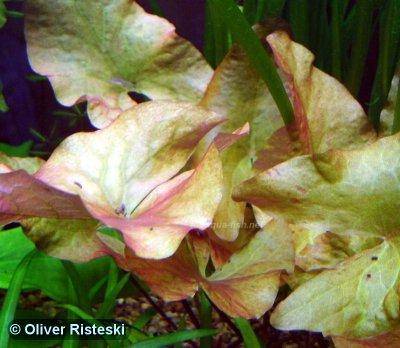


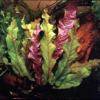 Barclaya longifolia
Barclaya longifolia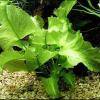 Nuphar japonicum
Nuphar japonicum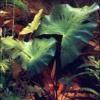 Nymphaea lotus
Nymphaea lotus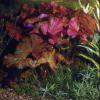 Nymphaea maculata
Nymphaea maculata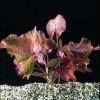 Nymphaea zenkeri
Nymphaea zenkeri